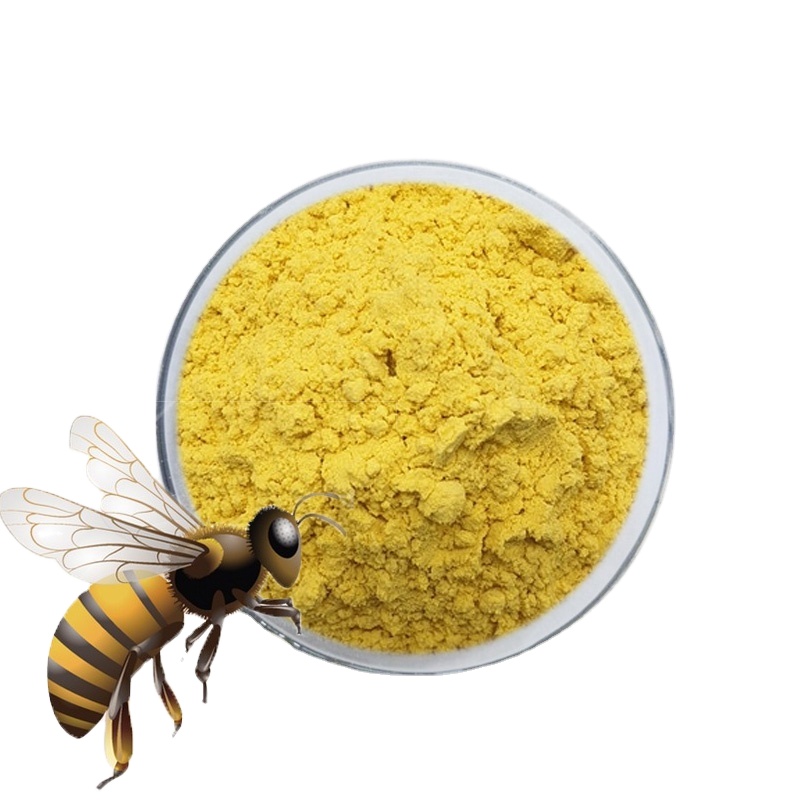An active pharmaceutical ingredient (API) is the component of an over-the-counter (OTC) or prescription medication that produces its intended health effects. If a prescription drug has a generic, its name is the same as its API. Combination therapies have more than one active ingredient, each of which may act differently or treat different symptoms.
It's a good idea to know the APIs of medications that you take. (For example, acetaminophen—the active ingredient in Tylenol—is a well-known API.) This can help you better communicate with your healthcare providers, recognize which generics and brand name versions are the same, and avoid harmful interactions and accidental overdoses. Acetyl L-Carnitine HCl

This article discusses APIs, what they are, why they're important, and how to find them on a drug label.
Drugs are manufactured under stringent conditions to maintain consistency and minimize the risk of contamination.
All drugs are made up of two core components:
Excipients are chemically inactive substances such as binders, preservatives, and artificial dyes that give the pill its color. Some of these materials are used to help the medication remain stable and to control absorption when you take the drug. Excipients like gluten, lactose, sugar, and some dyes can cause allergic reactions in some people.
The Food and Drug Administration (FDA) requires equivalency testing for generic drugs to ensure that they are of the same potency as the brand versions. Some generic drugs may contain different excipients than the brand versions, but many generics are identical to them.
Some common OTC and prescription medications and their active pharmaceutical ingredients include:
There are many situations when you will benefit from knowing the APIs of medications you are taking.
Here are a few examples:
You could end up taking too much of any of these APIs if you aren't aware that they are available In different medications and brands. Furthermore, if a medication that you're taking isn't working or is causing side effects, then you can avoid jumping to the same API by a different name in a potentially futile attempt to try something that you think is different.
For OTC drugs, the API and the amount each dose contains are listed at the top of the Drug Facts label under the heading "Active Ingredient." The health effect is listed to the right of that information.
Prescription drug labels list the brand name of the drug (if applicable) above the generic name. The generic name is also the API of that drug. If you received the generic version of the drug, the label may also tell you what brand name the drug is usually sold under. For example: "Amphetamine 10MG: Generic for Adderall 10MG."
The generic name of a drug is typically a derivative of the chemical name, which is used less often. For example, the chemical name for aspirin is acetylsalicylic acid.
Other than the U.S., the largest API manufacturers are located in Asia, particularly in India and China, according to the FDA. Typically, the pharmaceutical company that produces a medication will use its own country's safety measures when producing the final product.
If you want to be sure that your medication is approved in your home country, it's important that you obtain your medications from a reputable retailer.
Pharmacists are often an untapped resource. They can provide you with a wealth of information on both OTC and prescription drugs, including potential interactions, contraindications, and substitutes.
If you have any questions or concerns about the medications you are taking or plan to take, it's worth requesting a consultation.
U.S. Food and Drug Administration. Current good manufacturing practice (CGMP) regulations.
Reker D, Blum SM, Steiger C, et al. “Inactive” ingredients in oral medications. Sci Transl Med. 2019;11(483). doi:10.1126/scitranslmed.aau6753
U.S. Food and Drug Administration. Generic drugs: Questions and answers.
U.S. Food and Drug Administration. Safeguarding pharmaceutical supply chains in a global economy.
Thank you, {{form.email}}, for signing up.
There was an error. Please try again.

Enzymes By clicking “Accept All Cookies”, you agree to the storing of cookies on your device to enhance site navigation, analyze site usage, and assist in our marketing efforts.